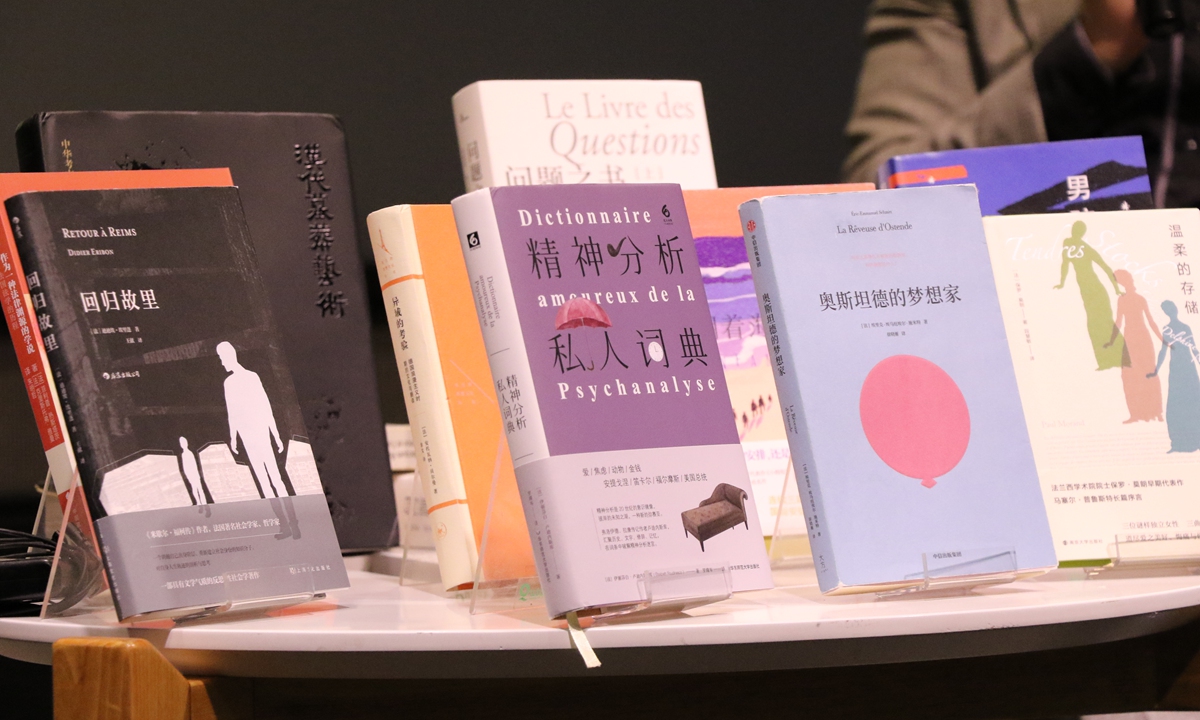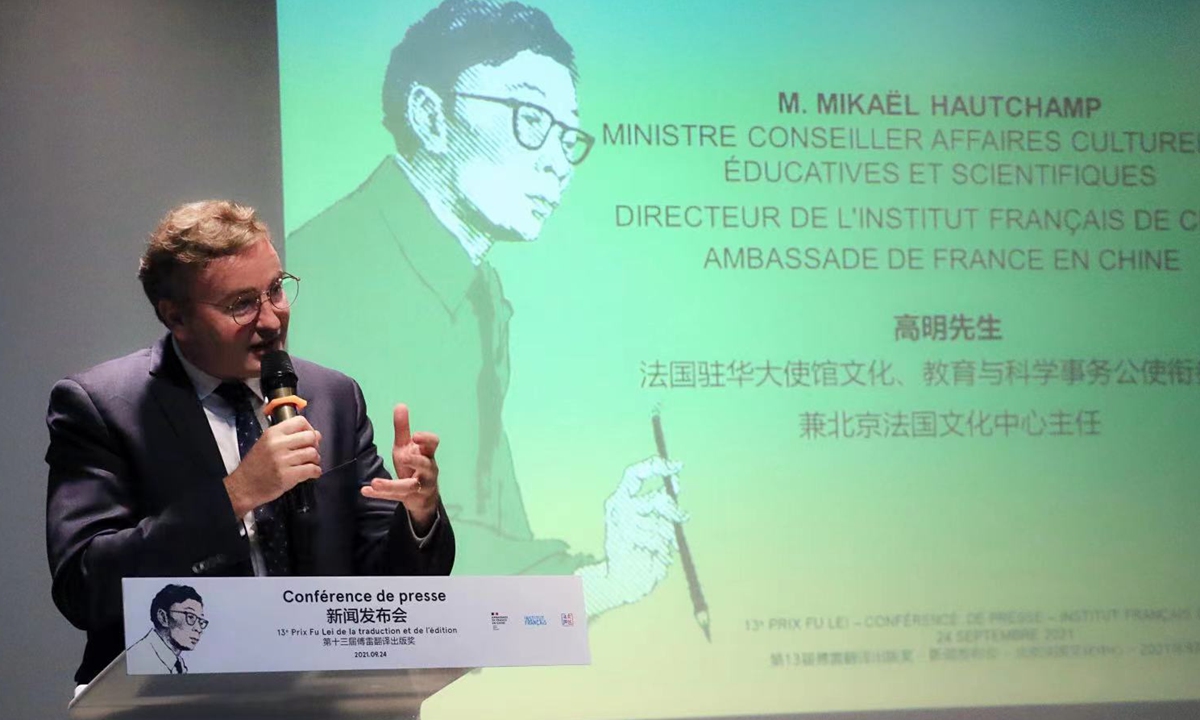For National Translation Month, I interviewed three freelance translators who work in various languages: Jennifer Croft, who translates from Polish, Ukrainian and Argentine Spanish, Anton Hur, who translates in Korean and English, and Arunava Sinha, who translates in Bengali and English.* They discussed their education in languages, how they get work as translators, and how they approach their translating work. See part two on what makes a good translation, translator royalties, receiving credit on book covers, and issues within the publishing related to the treatment of translators.
How to break into translating
Some translators, such as Hur and Sinha, grew up speaking two languages, so were poised to be adept at the translation process due to their fluency. Hur, who specializes in translating Korean fiction into English, has done ten translation (some awaiting publication). He grew up translating for his mother, who speaks Korean, and learned both English and Korean formally in Korean and international schools. Similarly, Sinha grew up speaking Bengali and English, and said, “I’d say I live in both languages, so there was no formal study other than at school.”
Sinha, who has done 72 translations, developed an interest in translation in college, where he majored in English literature, after realizing that Gabriel Garcia Marquez's One Hundred Years of Solitude “was in fact a translation. So what all of us in India were reading and marveling over were Gregory Rabassa’s words, which we accepted as Garcia Marquez'’. This in turn led to trying my hand at it myself.”
While Hur said there’s virtually no formal education required to become a translator, “Translators tend to be highly educated, but many of the older translators for example don’t have college degrees and they’re great at their jobs and very successful.” Now that his profile has risen within the publishing industry, publishers and agents also approach him, but he said, “it took years to build that level of trust.”
Croft, whose memoir Serpientes y escaleras, written in Argentine Spanish details her career path (Homesick is the English-language version), grew up in a monolingual family, double-majored in Russian and English and did a minor in Creative Writing in college, followed by an MFA in Literary Translation. Croft said, “Being a translator requires a particular sensitivity not only to language, but also to people. I think you have to really be interested in other authors’ voices, in their obsessions and desires, and you have to want to dedicate a lot of time and energy to inhabiting their worlds, kind of like how actors work. And as with acting, you don’t need any special educational background, but I do think you need the time and space to practice your craft.” Croft recommends doing a fully funded MFA in Literary Translation for those looking to break into the field as “a wonderful way to continue your language studies (if you need to) and get feedback from peers and professors while not having to work a full-time job to support yourself” or for those already working, mentorships through the American Literary Translators’ Association or similar organizations.
How translators get jobs
All three translators I interviewed are proactive about seeking out translation projects for books they’re interested in. Of acquiring translation jobs, Hur said, “If I find a book I want to translate, I get permission from the Korean rights holder to submit a sample and proposal to English publishers, and if that gets accepted, I negotiate the translator contract.” Sinha is either approached by publishers or authors, or similarly pitches books he wants to translate to publishers.
Croft said that “so far I have found the authors I want to translate by reading widely in my languages and getting in touch with the people whose books I fall in love with.” This was the case with her translation of the Flights by Olga Tokarczuk, which won the won the 2018 Man Booker International Prize (now called the International Booker Prize), the largest prize for translated literature in the world; the book went on to win the 2018 Nobel Prize in Literature and was a National Book Award finalist. She shopped her book report and partial translation of Flights around until UK-based Fitzcarraldo Editions finally acquired it, and then Fitzcarraldo sold U.S. rights to Riverhead Books.
But getting the book translated was an uphill battle for Croft, who says she “spent ten years trying to find a publisher for Flights,” but “editor after editor told me they didn’t think the book would ever sell,” a process which “illustrates one of the hardest parts” of the profession. Croft said that even winning the Booker “hasn’t really made it easier to get editors to take on new projects I propose. So much of literary translation is unpaid work: submissions, proposals, meetings, social media, and so on.”
The translation process
The translators said the length of time for each translation depends on the project. Hur’s shortest full-length prose translation took a month, while the longest, with hundreds of thousands of words, took a little under a year. As for how to approach the translation, Hur said he’s “not really given any instruction. I’ve found that editors are more interested in what we come up with than what they imagine the book to be. They like being pleasantly surprised, like any other genuine reader.”
As for how they approach the job, Hur said, “Triangulating the voice is the trickiest part. You’re never going to sound like the author in their source language so you have to figure out how they’re going to sound like in the target language.”
Sinha said of his translation process that he’s “led closely by the text. I do not try to guess the author’s intentions, or consciously interpret the text. I read it closely as a reader, and then try to make sure the reader in the new language will read the same text that I did. I do not explain, or improve, or in any way meddle with the text. Some references do need additional research. Sometimes, when the geography of a place is involved, I use the satellite view of Google Maps, to make sure I’m not distorting anything.” If the author is alive and the context is ambiguous, Sinha may consult them; however, that “can cut both ways, as some authors can slow you down with a flurry of suggestions.”
Croft told The Paris Review that she reads the entire book before approaching the translation, which some translators avoid in order to “preserve the sense of suspense that a reader will have.” In that interview Croft said that, by contrast, she believes in immersing herself “in the whole of the work along with some other knowledge of the writer, whether that’s personal knowledge from having interacted with them in real life or knowledge of their other books or anything else that is informing my overall vision. I just pretend like I’m swimming in the work.” Croft told me she always know the authors she works with and is in touch with them, though they are not always collaborating on the translation, as she did with author Frederico Falco on his short story collection A Perfect Cemetery, for which he read each translation draft.
While Hur and Sinha work on one translation at a time, combined with other non-translation work, including editing previous translations, Croft said she only works on one translation project per day, but may juggle multiple translations during a given time period. All three also work on projects outside of translation.
*Hur is an acquaintance.
Adblock test (Why?)




